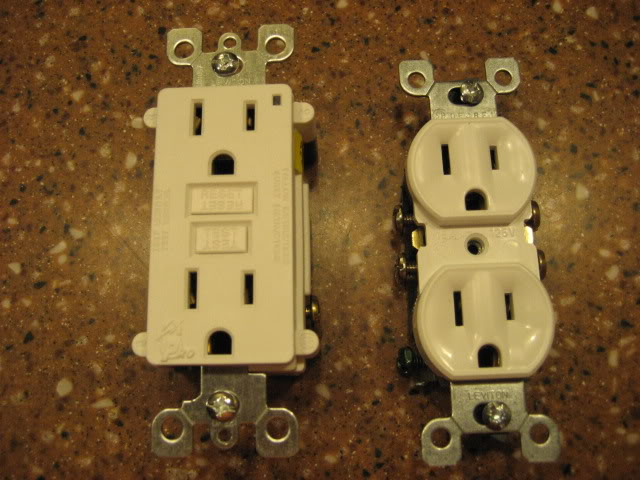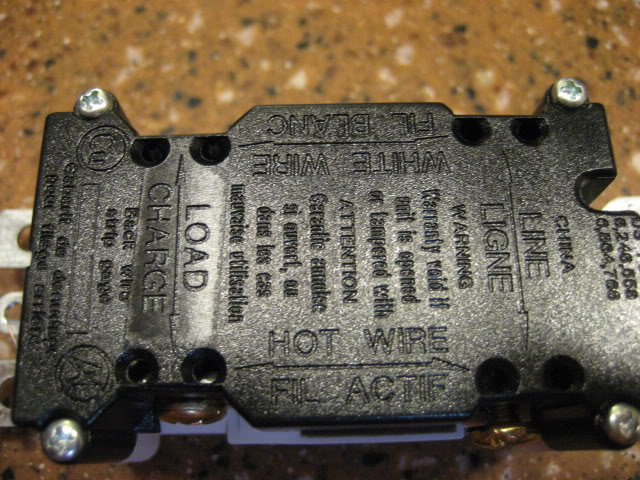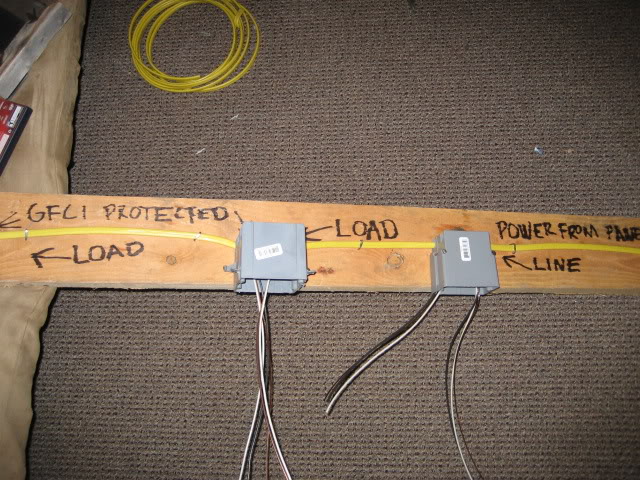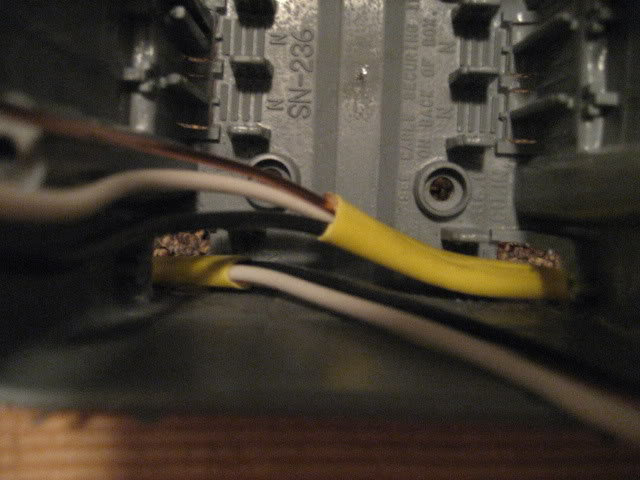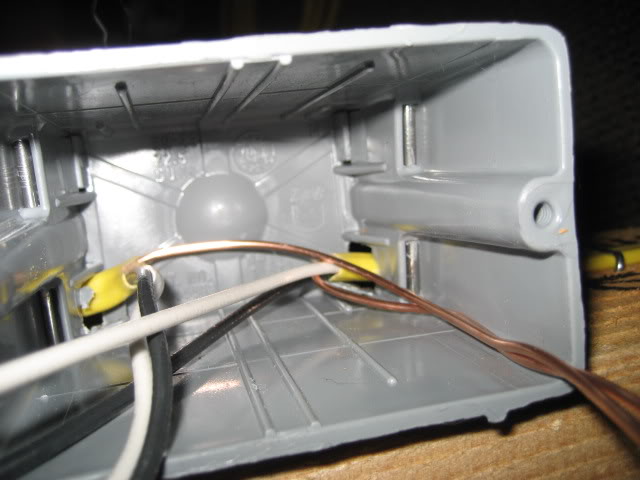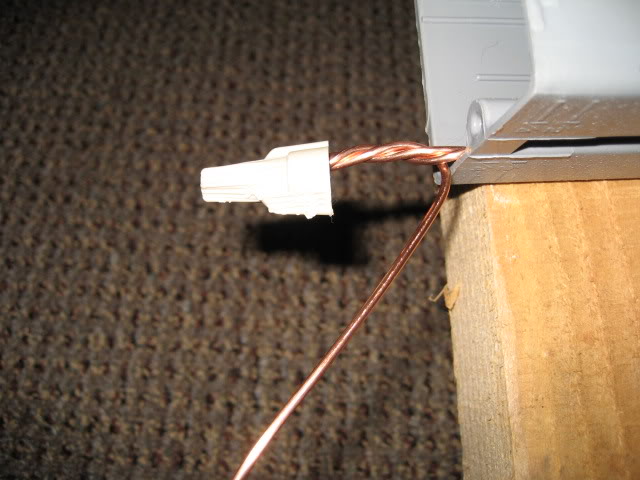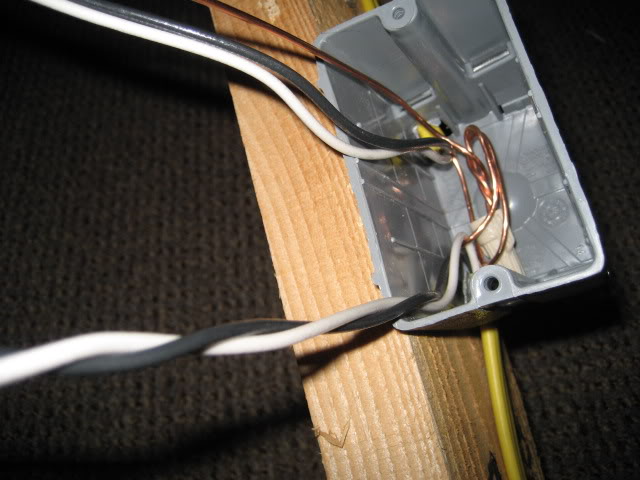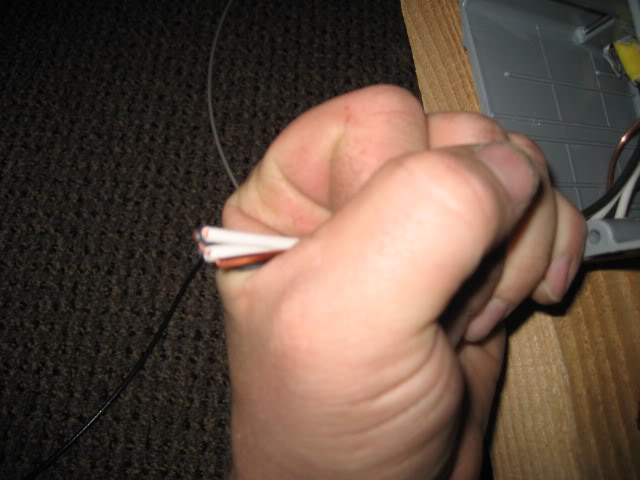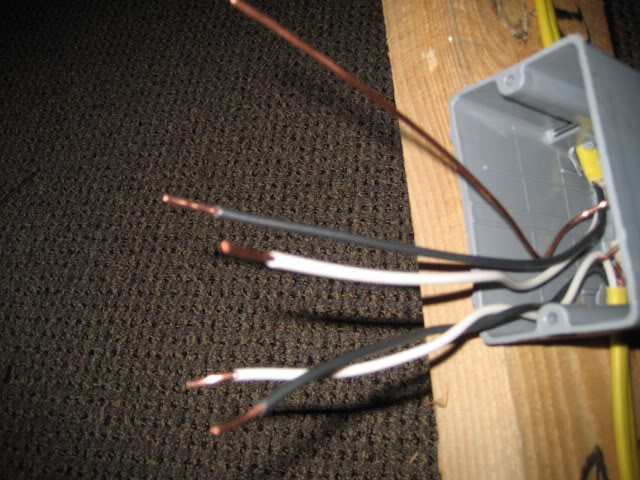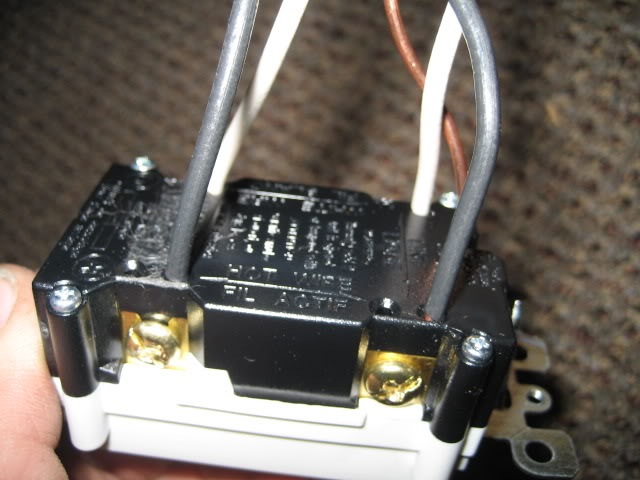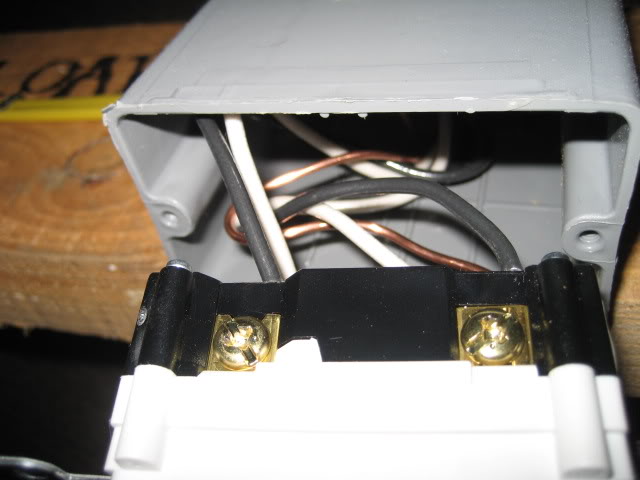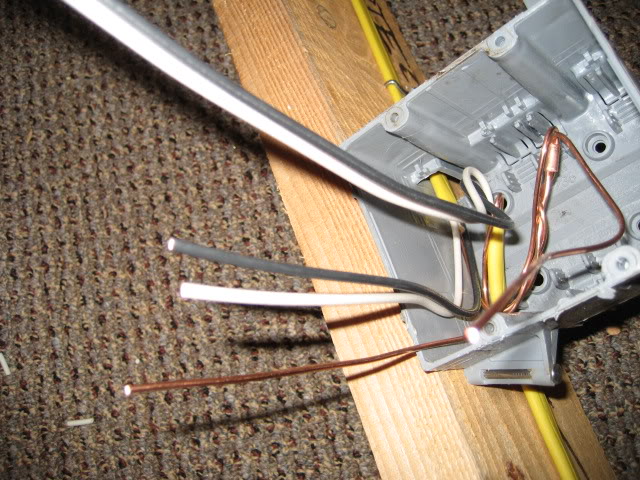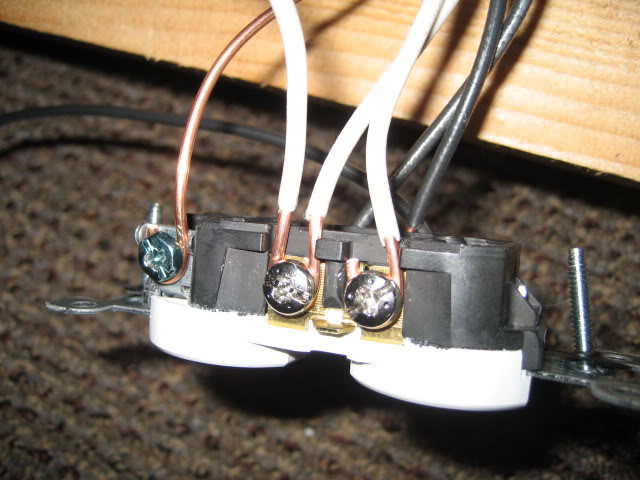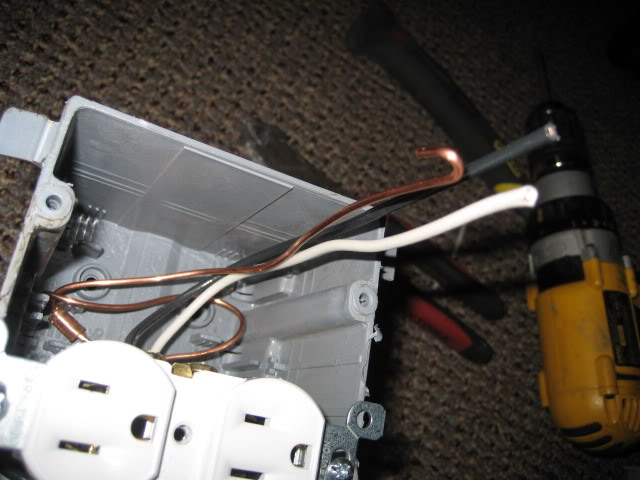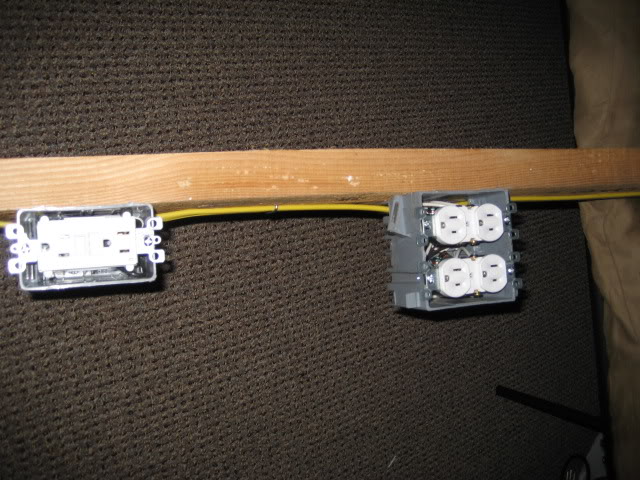- Joined
- Oct 13, 2017
- Messages
- 753
- Reaction score
- 1,257
was in a mobile home supply place yesterday...they had a whole bin full of gfi cords where the plug head was oversized and had the reset buttons, then there was about half a foot of cord with a regular extension cord end...29 bucks...15 amp...looked pretty simple and compact for someone without the skills to wire a real gfi outlet...this is the first place i've ever seen anything like this sitting on the shelf...idk if this was just a coincidence that this place had them or if these are a common mobile home part






